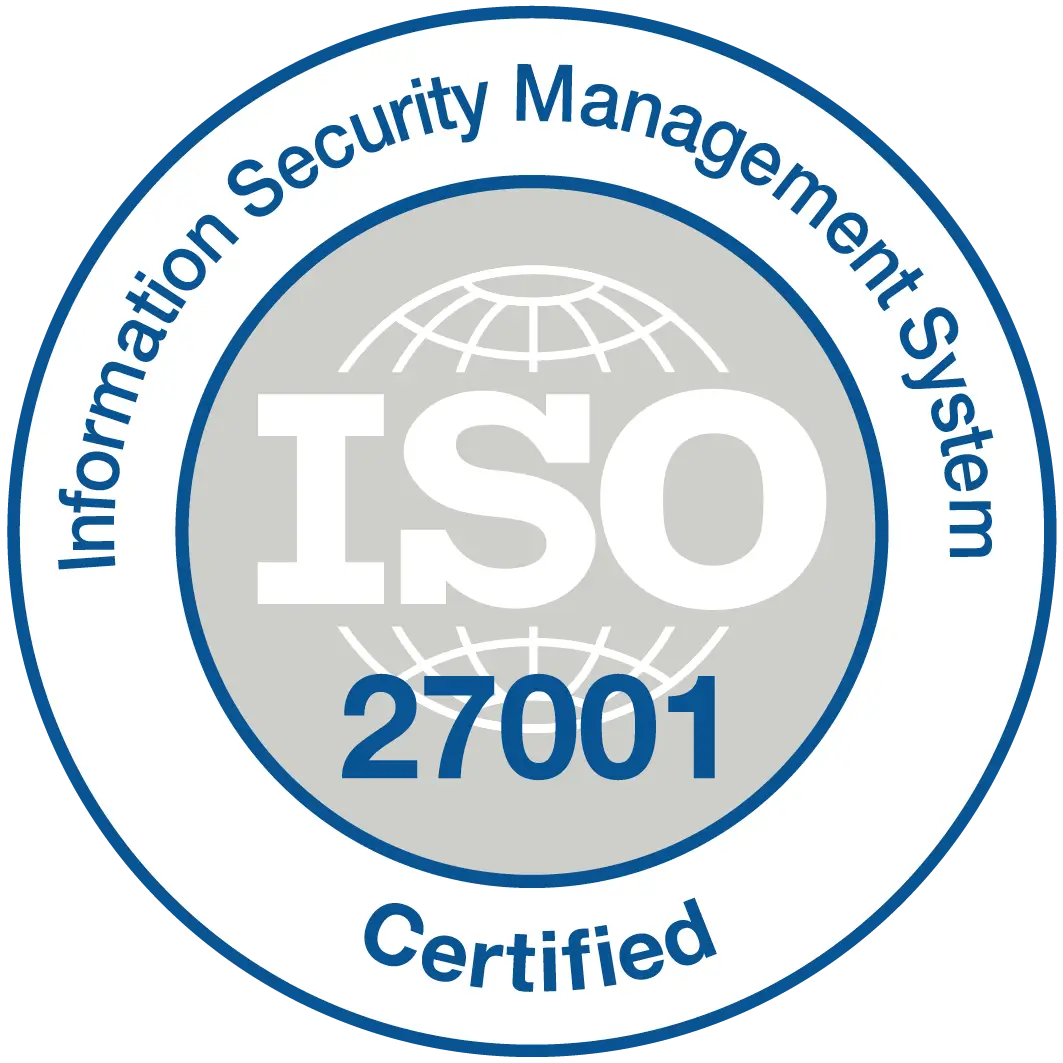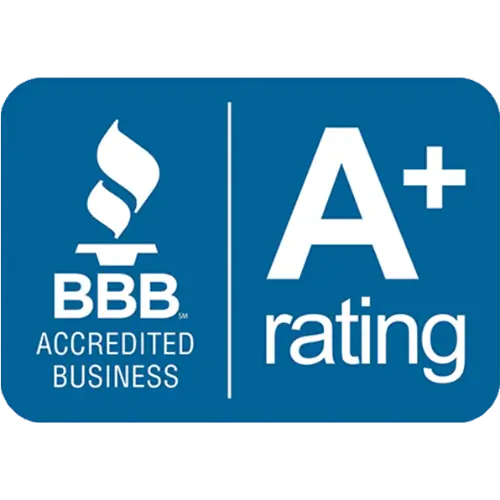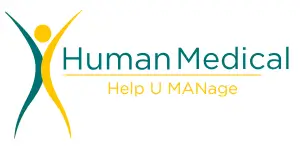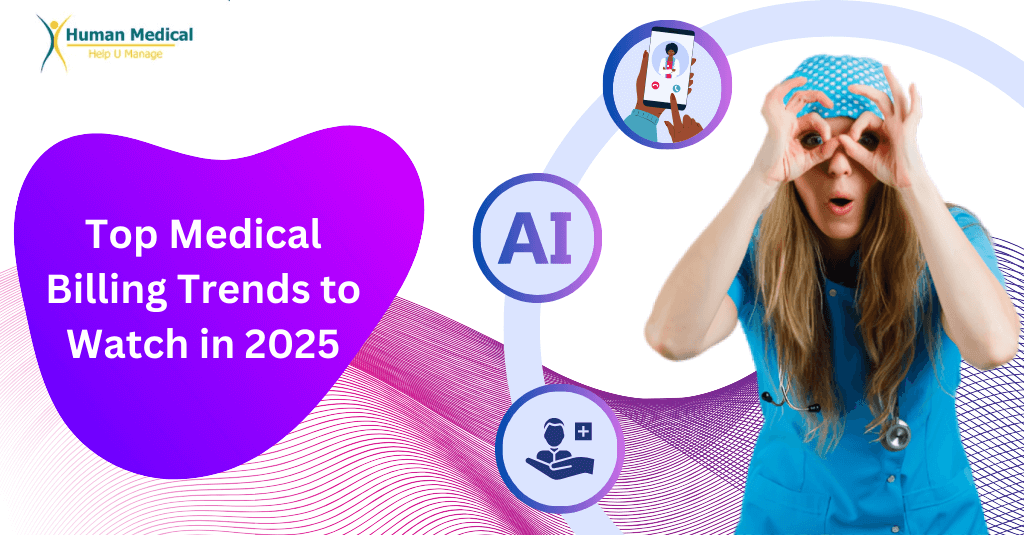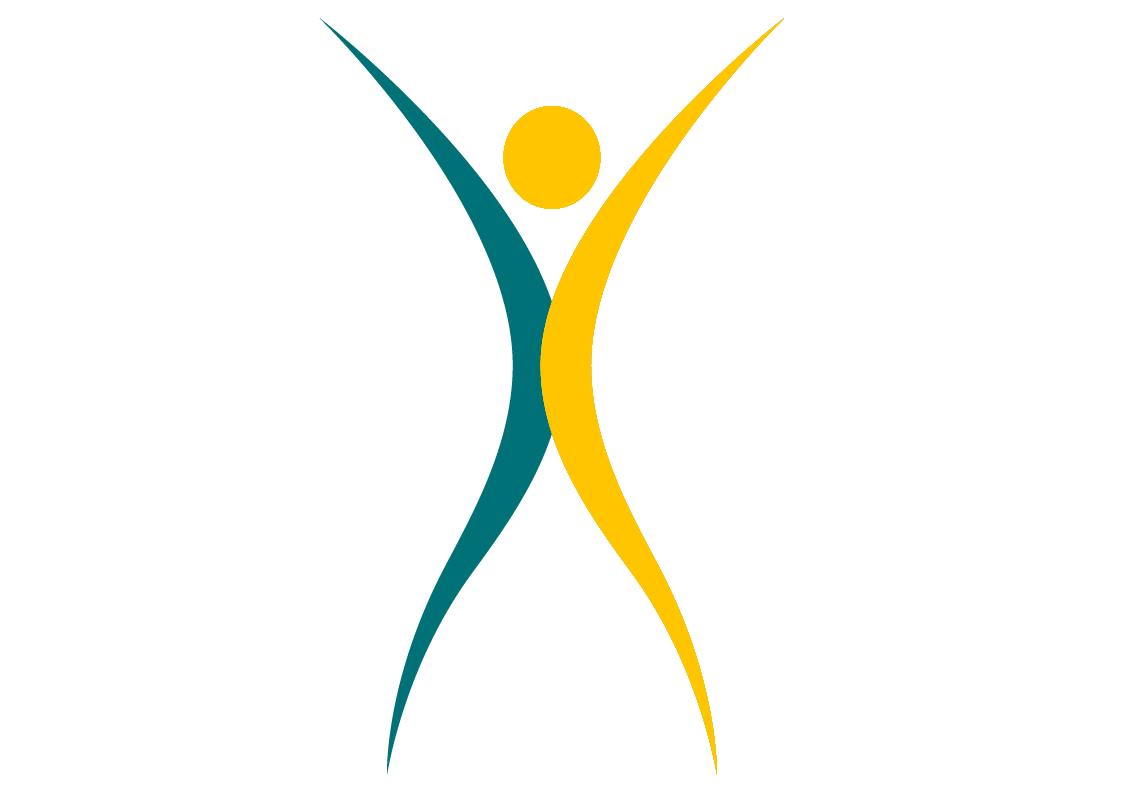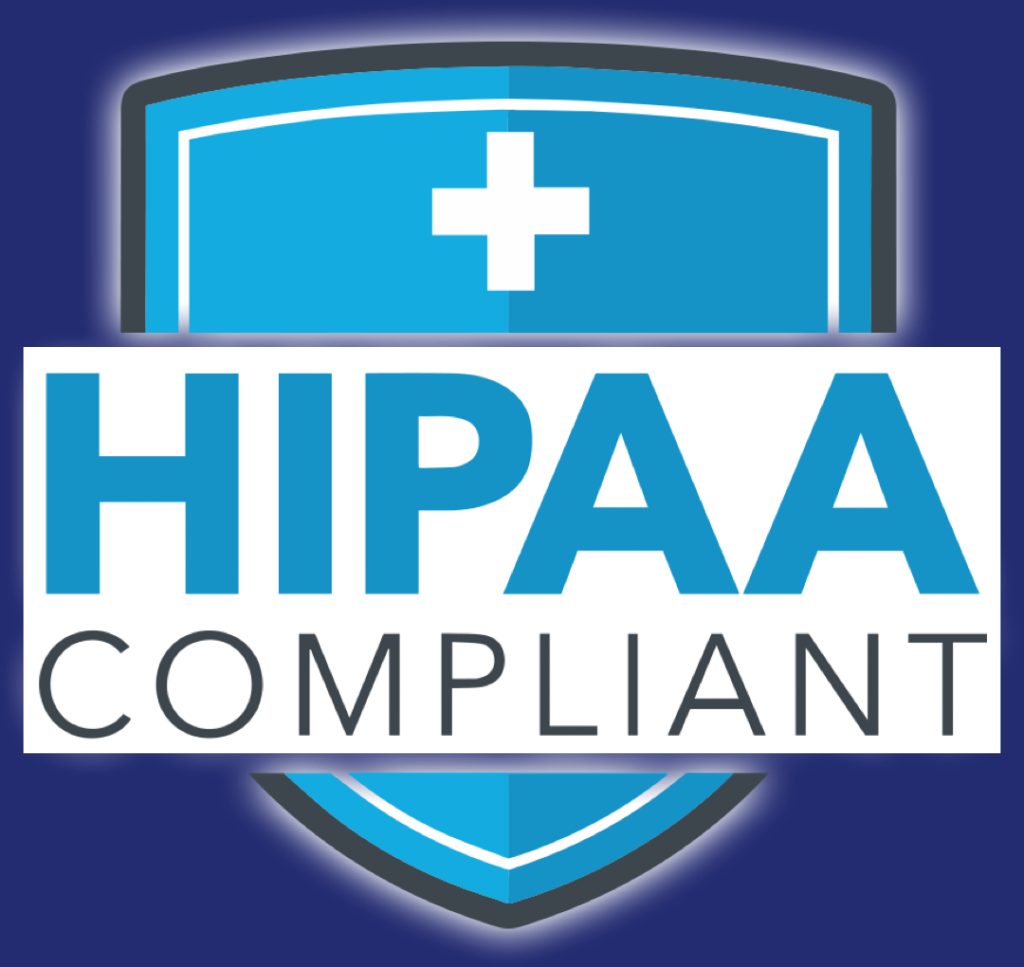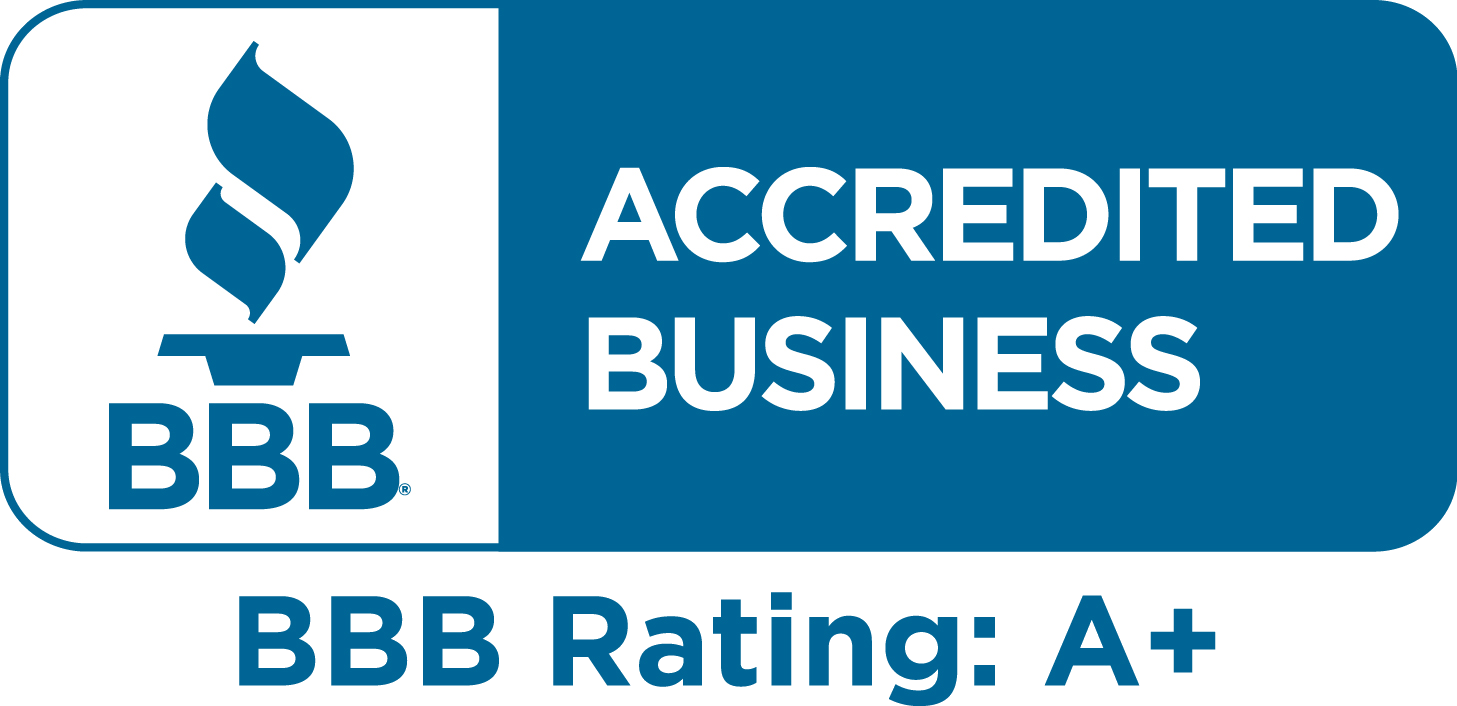Introduction
Medical billing is the core of healthcare revenue cycle management, making sure healthcare providers get paid for their services and are compliant with regulations. As the healthcare space continues to change, so do medical billing trends. In 2025, keeping ahead of these trends will be essential for providers who want to increase efficiency, grow patient satisfaction, and stay ahead of the competition.
Consider that the global healthcare IT market will reach $394 billion by 2025, and a good percentage of that will be driven by innovations in medical billing trends and revenue cycle management. Knowing about these and many other upcoming changes and adapting to them is not a choice but an obligation.
2025 will also see the adoption of cutting-edge AI systems in healthcare revenue cycle management, and the need to understand and utilize these developments to stay competitive cannot be overstated.
Key Medical Billing Trends to Watch in 2025

1. Automation and AI in Medical Billing
Automation has changed medical billing trends, automating the process of claim submission, error detection, and denial management. AI-driven medical billing solutions enhance precision and speed up the revenue cycle with minimal human interference. Such solutions promise providers a better view of claim approvals and reduced lag time.
Example:
AI can review massive datasets in order to predict claim decisions and give providers ample time to correct them before filing. Claims processed with AI-based software have even been seen to cut denials by up to 30%. By 2025, nearly 85% of the claims will have some degree of automation involved in them and are thus a major trend.
2. Focus on Patient-Centric Billing
As the focus of healthcare shifts toward the consumer, the processes of billing likewise shift toward transparency and simplicity. Patient-centered billing encompasses clear, itemized invoices, creative payment options, and ultimately, increased patient trust and satisfaction-fundamental elements in forging lasting relationships.
Why It Matters:
Surveys show that 65% of patients would most likely recommend a provider if they were able to understand how that provider bills. Patient-centered approaches do not only drive satisfaction but also loyalty. Providers investing in clear transparency into the management of their revenue cycle are best positioned to meet the expectations of patients.
3. Value-Based Care Models
Changing trends in medical billing continue to result from the transition from fee-for-service to value-based care models. Incentives are now given to the provider for patient outcomes rather than the number of services provided. Such a trend requires advanced billing systems to manage bundled payments and outcome-based reimbursements.
Supporting Data:
In 2023, the Centers for Medicare & Medicaid Services reported that 40% of U.S. healthcare payments were linked to value-based care models, a figure poised for significant growth by 2025. The providers will be seeking customized denial management services that guarantee compliance and precision in this soon-to-be-vastly-altered model.
4. Growth of Telehealth and Its Billing Challenges
Telehealth services exploded during the pandemic and remain a staple in modern healthcare today. However, virtual visit billing does not come without its own distinctive challenges, including state-specific regulatory compliance and correct coding of telehealth services.
Key Insight:
With an expected compounded annual growth rate of 25% through 2025, the global telehealth market will continue to grow. It is, therefore, paramount that providers learn how to bill for their services. Without proper adaptation, delays in reimbursement or revenue loss may occur. Specialized telehealth billing and coding services help achieve the required accuracy in claims submission to improve revenue outcomes.
5. Cybersecurity and Data Protection
Greater use of digital tools means there needs to be greater vigilance in protecting patient information. In 2025, HIPAA and other data security regulations will no longer be voluntary or flexible, and serious cybersecurity will be necessary to protect sensitive information in billing.
Highlight:
The healthcare industry saw a 55% surge in cyberattacks in 2023 alone. Securing billing systems is not about mere compliance; it has to do with the protection of trust and privacy among patients. Credentialing services with sound compliance protocols ensure vital security regarding sensitive data.
6. Rise of Outsourced Medical Billing Services
Outsourcing medical billing allows providers to focus on patient care while experts handle billing complexities. This trend is expected to increase, with hybrid models that combine in-house and outsourced services.
Why Providers Choose Outsourcing:
A recent survey found that 60% of providers said they have noticed an increase in revenue and a reduction in operations cost since outsourcing their billing process. Comprehensive outsourced billing solutions will be the driver of efficiency and profitability in 2025.
7. Real-Time Data Analytics
Data-driven decision-making is transforming the trends in medical billing. Real-time analytics about claim status, denial trends, and revenue forecasts create an interactive insight into the provider’s decision-making process in the revenue cycle.
Impact:
Industry reports show that up to a 20% gain in revenue cycle efficiency is realized by health organizations using analytics. This is ensured with the leverage of real-time accounts receivable management services, keeping processes streamlined for better financial outcomes.
Addressing Common Questions
1. What will be in medical technology in 2025?
Medical billing will incorporate upcoming technologies such as AI, blockchain, and IoT to automate operations and provide more transparency
2. What is the future outlook for medical billing and coding?
Medical coding and billing will keep changing, with growing demand for trained personnel and sophisticated equipment to ensure compliance with regulatory standards.
3. What is the outlook for the medical billing business?
The sector is on the verge of growth fueled by technology advancements and an expansion of value-based care models and telehealth.
4. Will medical billing become obsolete?
Though automation will decrease the workload, human judgment will still be needed to sort through complicated rules and deal with patient interactions.
Practical Steps to Adapt for the Health Professional
- Invest in Next-generation RCM Systems: Implement those that will allow for AI and real-time analytics.
- Leverage Advanced Denial Management Services: Address claim denials proactively.
- Partner with Professionals: Outsource to professional billing solutions to ensure completeness and efficiency.
Conclusion
In 2025, innovation, patient-centric practices, and regulatory compliance will define medical billing. In tune with these emerging medical billing trends, providers can make an effective change and use a service like Human Medical Billing to help improve their efficiency and profitability.
Want to future-proof your medical billing processes? Please contact us today to know how we can work for you.
The Human Medical Billing Edge
Human Medical Billing specializes in making medical billing easy for healthcare providers to allow them to continue doing what they do best: patient care. With over 20 years of industry expertise, seamless integration with 25+ EHR systems, and a personalized approach, we are the right partner to guide you through the trends of 2025 in medical billing.

